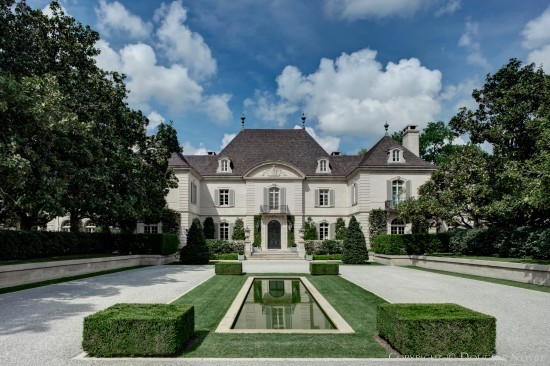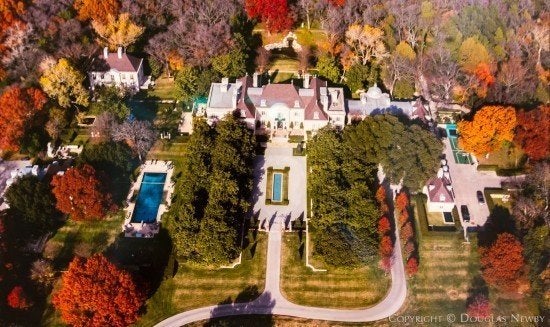
Once in a generation an extraordinary home in the United States might come on the market. That's occurring now in Dallas -- the Crespi/Hicks Estate, a home designed by Maurice Fatio and located on a 25-acre property, will shortly be available for purchase.
It is a home that will help the world understand architectural significance, the sophistication and economic vibrancy of Dallas. It is a wonderful example of the great estate homes built in the 1920s and 1930s, and the result of the positive progression of preservation.
Architectural significance starts with the estate's original architect, in this case, Swiss-born architect Maurice Fatio. He was voted the most popular architect in New York in the 1920s and he designed for prominent individuals and families including the Vanderbilts, the Duchess of Marlborough, the Stotesburys, Edward F.Hutton and Otto Kahn. The Crespi Estate was Fatio's architectural triumph, and his last great estate home, before his early death in his 40s.
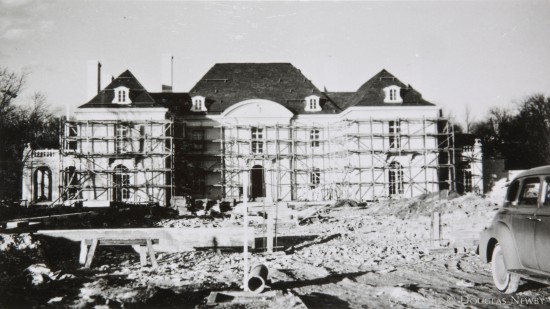
No extraordinary architecture is created without a client with a fine architectural sensibility, sophistication and an unrelenting vision. In this case, that client was Pio Crespi, a cotton merchant and an Italian count, and his wife, Florence. The couple retained Maurice Fatio to design their home, which was completed in 1939. The design of the Crespi Estate had been internationally vetted, enjoyed and celebrated for over 50 years when the current owners purchased it 16 years ago. With a cultivated eye, they were inspired to complete the original architectural vision of Maurice Fatio. With architect Peter Marino they honored, and further refined, the powerful architecture and perfect proportions that Maurice Fatio was known for in New York and Palm Beach in the 1920s and 1930s and is still celebrated today.
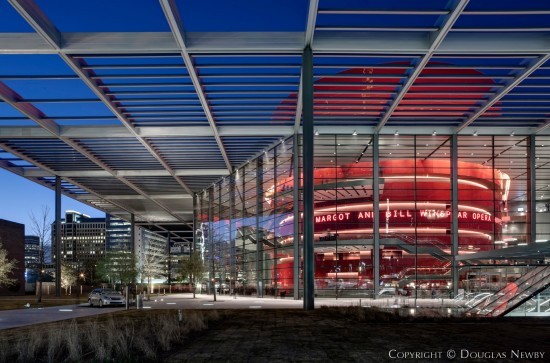
Dallas has commanded world-wide attention with the I.M. Pei-designed Meyerson Symphony Center, the Sir Norman Foster-designed Winspear Opera House, the Renzo Piano-designed Nasher Sculpture Center, the Rem Koolhaas and Joshua Prince Ramos-designed Wyly Theater, the Brad Cleopfil-designed Booker T. Washington Arts Magnet School, the Thom Mayne-designed Perot Museum of Nature and Science and the Edward Larrabee Barnes-designed Dallas Museum of Art. These cultural spaces speak collectively to the community's commitment to the arts, education and architecture. The Crespi/Hicks Estate, considered by many to be the finest estate home in America, personifies the passion Dallas homeowners have for architecture and design. The Crespi/Hicks Estate also places the progression of preservation in a whole new light. For several decades, preservation has been associated with the preservation community and town councils using heavy-handed tactics and rhetoric to try and to save historically significant homes. Often these tactics fail and actually accelerate a structure's demise, spurring owners to tear down historic homes in the middle of the night to avoid pending restrictions.
With an architectural magnet like the Crespi Estate, in an economically strong and culturally vibrant city, great things can happen.
On their own volition, the current owners, without historic restrictions or preservationists' pleas, quietly acquired the original Crespi Estate and assembled an astute team of architects, designers and artisans to preserve and accentuate the aesthetics of the home.
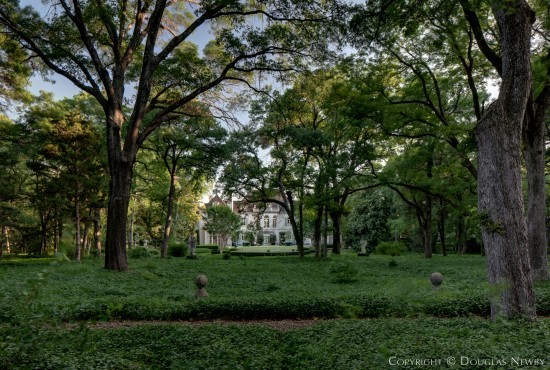
While many might assume that if an original 25-acre estate property is acquired, the original home would be torn down and 25 faux mansions would be built on one-acre lots. With this home, in this city and with these homeowners, the story is much different. It is almost always less expensive to build a new home rather than renovate an original architectural piece of art. With the Crespi/Hicks Estate, $2,000/square foot was carefully spent to renovate and complete the original Maurice Fatio-designed home, creating an estate home with enduring appeal and with real value.
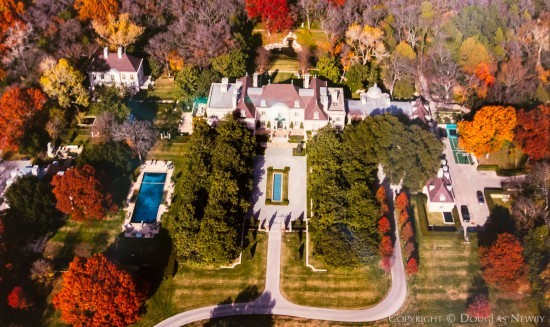
Dallas' strengths have always been the vision and business environment that allows and prompts efforts like this. Currently, Dallas, economically, is one of the strongest city in the country. It was the first to come out of the recession, its inventory of homes on the market is at a 12-year low, and the efforts of an entire generation of business leaders and philanthropic leaders is taking shape downtown and across the Dallas.
As some cities fight for survival, Dallas continues to thrive economically and aesthetically. International, national and regional architects continue to win AIA awards for their Dallas-designed homes. For years, Fortune 500 companies have moved their headquarters to Dallas, and now both business and billionaires are finding economic and aesthetic reasons to make Dallas their home. Dallas has a great city manager and mayor, and more people than ever are moving to Dallas because they want to benefit from the economic environment and quality of life. The Crespi/Hicks Estate gives another compelling reason to move to Dallas.
The Crespi/Hicks Estate, offered at $135,000,000, offers real economic value for the next owners. The price reflects the $2,000,000/acre land value and the $2,000/square foot cost of the improvements, including the main house, guest house and pool house. Land in Dallas' prestigious neighborhoods, such as Mayflower Estates, has doubled in value every eight years for the last 16 years. If land continues to appreciate at this rate, the next owners will have land worth $200,000,000 in the next 16 years.
The home itself has one of the most important architectural pedigrees, and unlike new homes that depreciate, this home will have enduring value and become even more treasured as the home features artisanship, materials and a site that cannot be replicated, even if one had five or 10 years to commit to a residential project. Just as with artists and great pieces of art, such as Edvard Munch's The Scream that sold for $119.9 million in 2012, architectural masterpieces recede from the public consciousness until they are offered for sale.
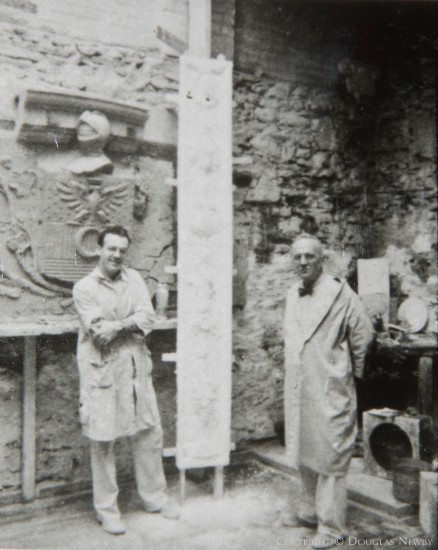
After raising six children, the current owners recently became empty nesters which has prompted this home to come on the market, allowing even those mildly interested in art, architecture and design the opportunity to become better acquainted with architecturally significant homes.
The next owner of this home will have more than just a sophisticated interest in art and architecture, and the proper resources, the buyer will undoubtedly eschew the temporal and have a passion for the finest.
